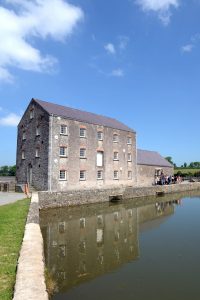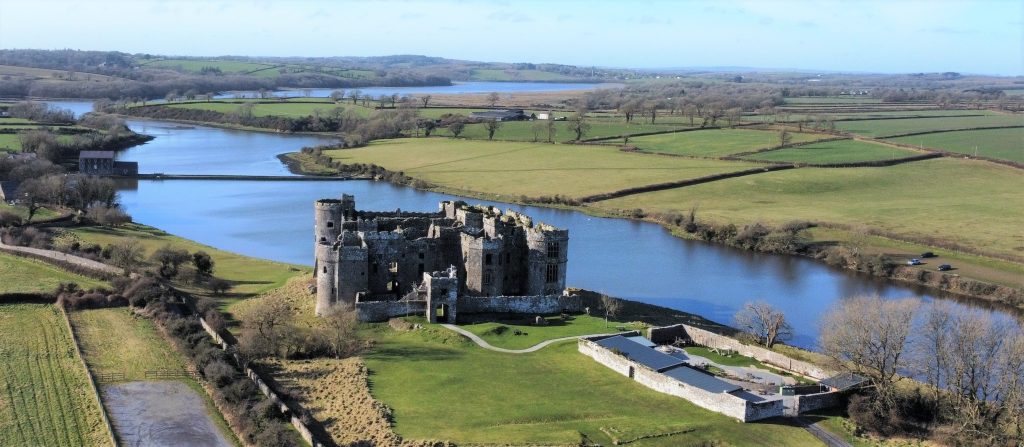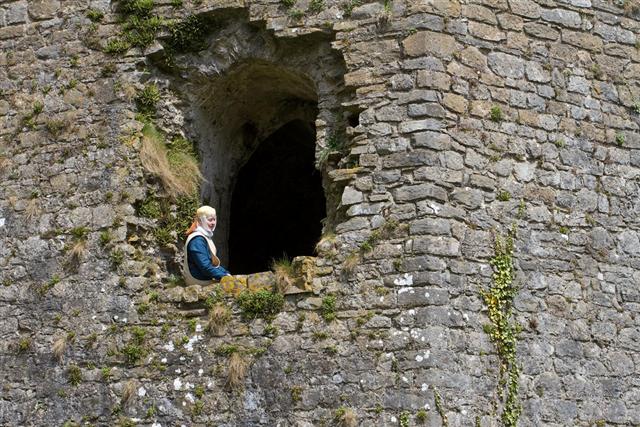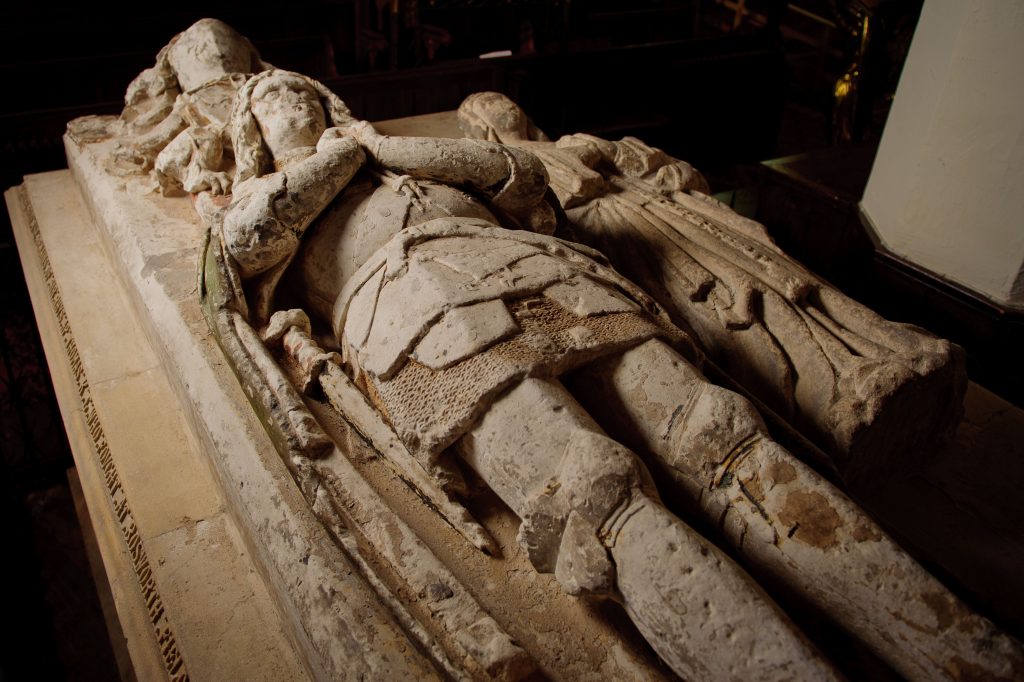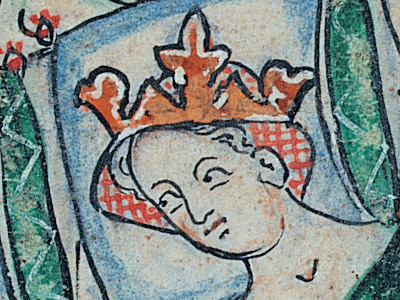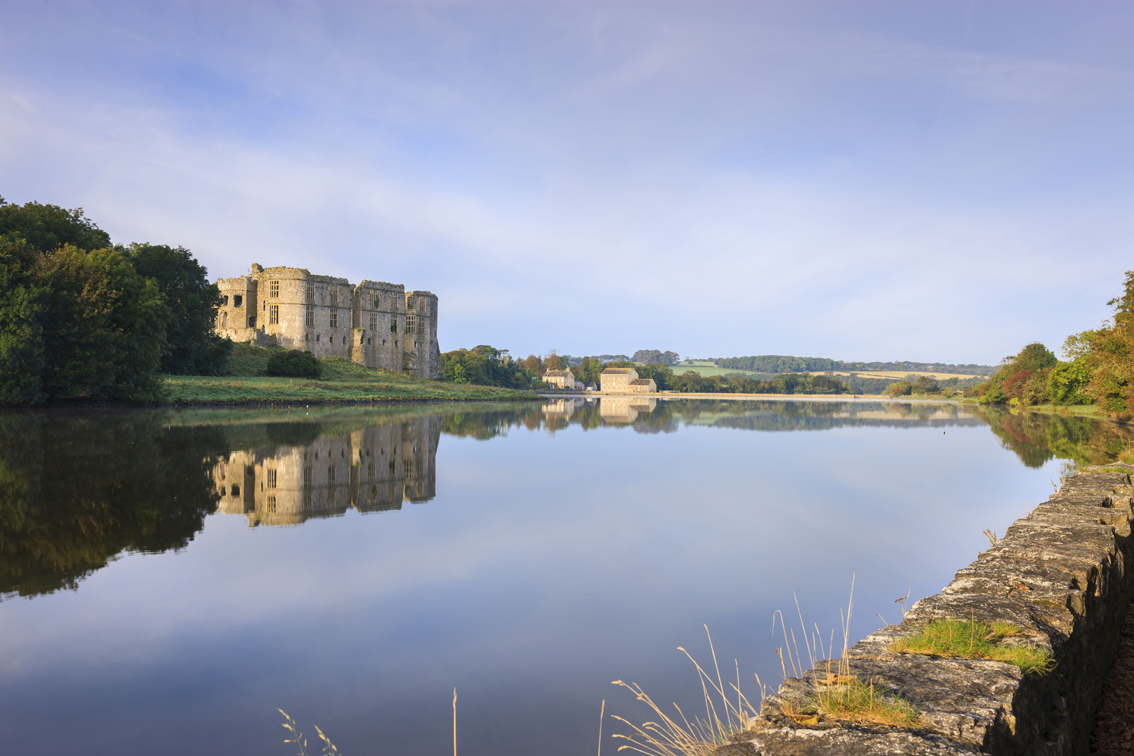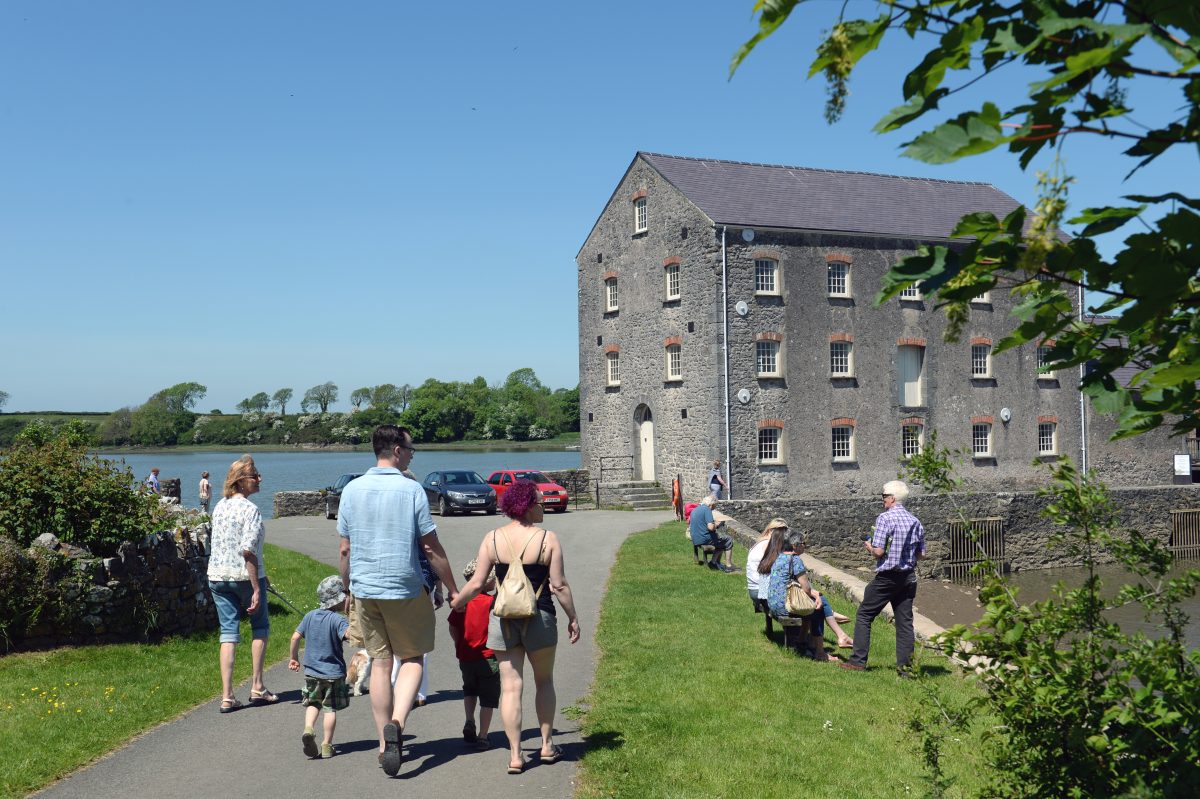At the end of the 11th century, the Normans extended their conquest of England into Wales and Pembroke Castle became the centre of Norman rule in South Pembrokeshire.
Gerald de Windsor was constable of the Castle on behalf of Henry I when he decided to build his own fortification on the Carew River, some ten miles up the tidal waterway from Pembroke.
This was not the first settlement on the site, however. Excavation has revealed an Iron Age settlement. A substantial five-ditched promontory fort has been unearthed, together with large quantities of Roman pottery. A Dark Age settlement or fort may also have existed on the site.
A rich history
Gerald’s fortification was probably built of earth and wooden stakes. This fortification was later replaced by a stone Castle. Much of what remains of Carew Castle today was the work of Sir Nicholas de Carew (who died in 1311), who was responsible in particular for the east and west ranges.
In the late fifteenth century the Castle was greatly improved and extended by a very colourful character, Sir Rhys ap Thomas (1449-1525). He altered both the east and west ranges, and was responsible for many of the Bath stone windows and other features. Gaining the implicit trust of both Henry VII and Henry VIII, he was said ‘to rule this corner of Wales like a King’.
The final development took Carew from Medieval fortress to Elizabethan manor. Sir John Perrot (1530-1592) built the great northern range, with its huge windows overlooking the Millpond. However, he was not destined to enjoy his magnificent new home, for he died in the Tower of London before the work could be completed.
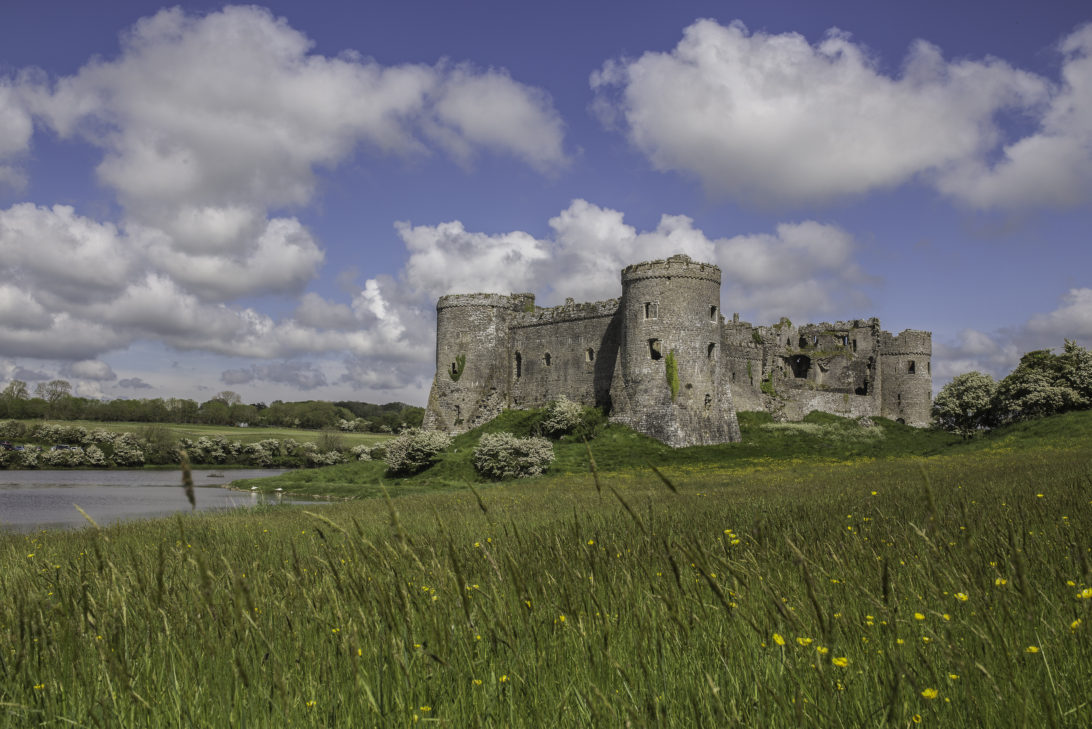
Ownership
During the Civil War the Castle was owned by Sir George Carew who declared for the King, but it was garrisoned at different times by both royalists and parliamentarians, and indeed changed hands four times, on at least one occasion following a fierce assault. Buildings on the south side, including the kitchens, were slighted to prevent the enemy making further use of the site. Following the Civil War the Castle was occupied for some years, but eventually abandoned in 1686.
In 1983 the National Park Authority leased the Castle and surrounding area for 99 years. We began an extensive programme of restoration and management with the aims of conserving the buildings, improving their setting and increasing public access and enjoyment. The restoration programme was long-term, involving a team of masons and grant-aided by Cadw: Welsh Historic Monuments.
The Castle is now a designated Site of Special Scientific Interest (SSSI) due to its bat population and several locally or regionally rare species of plants described on our Wildlife page.
Major renovation works were completed at Carew Castle in 2013, including reinstatement of the Lesser Hall roof, a new visitor
centre and shop, as well as car park enhancements.
Nest Tearoom was added to the Walled Garden in 2018 and in 2019 further redevelopment took place in this area.
The scheme was funded by Cadw’s Heritage Tourism Project, which was funded by the European Regional Development Fund through the Welsh Government. Funding was also invested by the Pembrokeshire Coast National Park Authority.
See our events page to find out how you can learn more about the Castle’s history with a guided tour or activity.
CASTLE TRAIL
When you visit, you’ll be offered a free “Explore the Castle” guide. Download a copy here.
CASTLE AUDIO TOUR
Enjoy audio commentary exploring the history of Carew Castle here.
HISTORY OF CAREW TIDAL MILL
Carew Tidal Mill is the only restored tidal Mill in Wales and one of just five in the UK.
Though the Mill is no longer in operation, the machinery is still in tact.
Exhibition, audio commentary and family-friendly interactive displays show how water has been used as a source of sustainable energy through the ages.
The present building probably dates from the early 19th century, and indeed one of the two Mill wheels carries the date 1801.
The Mill is often referred to as the ‘French Mill’ which may be a reference to the use of French burr stones.
The precise origin of Carew Mill is uncertain. It’s possible that a Mill worked by a Mill leat running from the Carew River pre-dated the building of the causeway and documentary evidence indicates a Mill of some kind in existence as early as 1542.
Records show that in 1558 John Bartlett leased the Mill for the sum of ten sovereigns per annum.
The first reference to a causeway comes in a commission of 1630, which indicates that Sir John Carew had restored the floodgates and causeway walls some 15 years earlier.
The fortunes of the Mill were restored by the revival in agriculture in the late 18th century and from that time the Mill was constantly in use.
Activity finally ceased in 1937 and from that time onwards the building lay derelict.
All was not lost however, as renovation was carried out and completed in 1972 by the Carew Estate with the aid of funds from the Historic Buildings Council of Wales, Pembrokeshire County Council and Pembroke Rural District Council.
